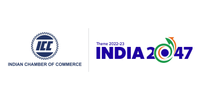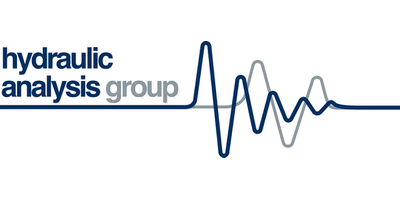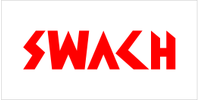By 2050, 75% of the world population will live in cities. These cities will face increasing water stress, with demand expected to outstrip supply by 40% by 2030. In India, demand already exceeds supply. While its economy is amongst the fastest growing in the world, India also has the greatest number of people living without access to safe water.
With these and other constraints, as well as consequent opportunities to address them, country like India is striving to build "Smart Cities" to integrate city functions, utilise scarce resources more efficiently and improve citizen quality of life. Water is a significant aspect in all these Smart City efforts.
In February'21, the urban water supply mission was announced in the Budget, which included rejuvenation of water bodies as well as 20% of supply from reused water, under the Housing and Urban Affairs Ministry.
JJM (U) was to promote circular economy of water through development of city water balance plan for each city focusing on recycle or reuse of treated sewage, rejuvenation of water bodies and water conservation. The Ministry said 20% of the water demand would be met with reused water. The total expenditure on the mission would be ₹2.87 lakh crore over five years.
Emerging Solutions for Efficient Water Management – Jal Jeevan Mission
Non-revenue water reduction and transiting from an intermittent water supply system to a 24x7 water supply systems will demand several technical interventions.
One of the areas that cities would need support is in creation of District Metering Areas (DMAs) and smart water metering, decision support system.
DMA Creation and NRW Reduction-
Dividing a water distribution network into District Metered Areas (DMAs), is the vital step towards water loss management. One of the major factors influencing leakage is the pressure in the water network. To reduce water losses, many utilities have changed from a passive approach (i.e., detection and repair) to proactive approaches, that indicate that the leakage rate of flow may increase or decrease with changing pressure levels. The DMA concept was introduced to help proactively manage the number of invisible water losses and detect the locations of failures based on the hydraulic characteristics of the water distribution network.
Progressive utilities are leveraging technology to improve the economics of water management.
According to World Bank, a 30% gap exists between the volume of water delivered by utilities versus the amount of water billed, costing the global economy $14 billion every year. This discrepancy of non-revenue water (NRW) is driven by a combination of real losses (leakage in the distribution system) and apparent losses (water consumed but not paid for caused by inaccurate meters, billing problems or theft), as well as unbilled authorized consumption (i.e., firefighting and system flushing). Source- Case Study by a renowned water solution company- Xylem.
Progressive utilities are using digital technologies to create virtual district metering areas (vDMAs), eliminating the limitations of the physical DMA by utilizing data to provide actionable insights into the condition of their networks. With more employees working remotely, this will help utilities facilitate the automation of the water loss process.
Smart Water Metering-
A smart water meter not only measures water flow but uses wireless communication to connect to local or wide area networks, allowing remote location monitoring and infrastructure maintenance through leak detection. Smart water metering systems also enable automatic billing and customer management, including detection and protection against tampering attempts. Smart water meters are battery powered and thus low-power devices play a crucial role in defining system configurations.
Plug-and-play WAVIoT Water Meters do not require any additional configuration and allow achieving 100% data collection from water meters as soon as the meters are installed. Building-level water meters can be connected to WAVIoT Meter Data Management system (WAVIoT MDM system) via the NB-Fi modem with pulse inputs to the meter's pulse outputs.
The Indian Chamber of Commerce has been in the forefront of National debates and discussions among stake holders and Government entities and has a strong commitment towards promoting efficient business, viability and consumer satisfaction.
With this background the ICC is organising a virtual conference on "Smart Systems in Water Management" on 23rd September 2021 at 11am.
The objective of this conference is to provide a platform to the Water Industry, to explore different opportunities and impediments in the urban water supply in India especially drinking water.


